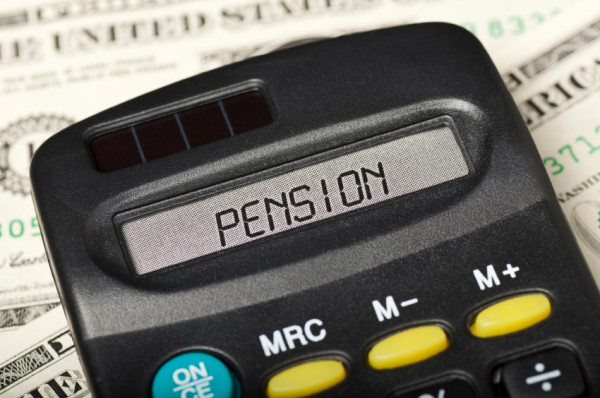

Private pension membership is rising across all age groups and particularly among those in their 20s, according to official data which cites auto-enrolment as a key driver of the trend to increased provision.
An Office for National Statistics report states the government policy has seen more than 5m workers brought into a workplace pension scheme, either saving more or saving for the first time. The data show 59 per cent of all workers are active members of a pension scheme, up from 47 per cent in 2012.
Elsewhere, 49 per cent of private sector employees are active members of a pension scheme, up from 32 per cent in 2012, and membership has risen across all age groups. The largest increase has been in the 22 to 29 age group, up to 53 per cent in 2014 compared with 26 per cent in 2013.
For every earnings band in the private sector for full-time employees, pension membership has increased. All regions saw at least a 10 per cent point increase in pensions membership amongst private sector workers across the country.
Pensions minister Steve Webb called the statistics “stunning” and put it down in no small part to the success of automatic enrolment.
“Millions more people are now saving into a workplace pension, allowing them to build a decent nest egg to enjoy in their retirement, on top of a reinvigorated new state pension.”
Morten Nilsson, chief executive officer of Now:Pensions, also welcomed the figures, but added that there was no room for complacency.
“While 5.1m workers had been auto enrolled into pensions by the end of January, an almost identical number had been excluded from the initiative, mostly on the grounds that they do not earn enough to qualify.
“By restricting auto enrolment to those earning at least £10,000, the rules exclude millions of low paid workers, particularly women, who earn less than that, even if they have several jobs that together add up to more than £10,000.”
Lydia Fearn, head of defined contribution pension and investment consulting at Barlcays Corporate and Employer Solutions, also raised concerns that there have been significant increases in the private sector of employees making smaller contributions, with 33 per cent of employees with workplace pensions making contributions of less than 2 per cent, compared with 11 per cent in 2013.
“While we should remember that these figures are likely to improve as minimum contribution rates increase under auto enrolment, the findings are an important reminder that the level of contributions paid by DC members is still woefully short of the required level to achieve a reasonable standard of living in retirement.
“Our own research suggests that, on average, individuals want a standard of living in retirement which would require a ‘living pension’ income of £17,500, meaning that someone aged 22 would need to be paying 12 per cent of income into their pension.”
ruth.gillbe@ft.com



